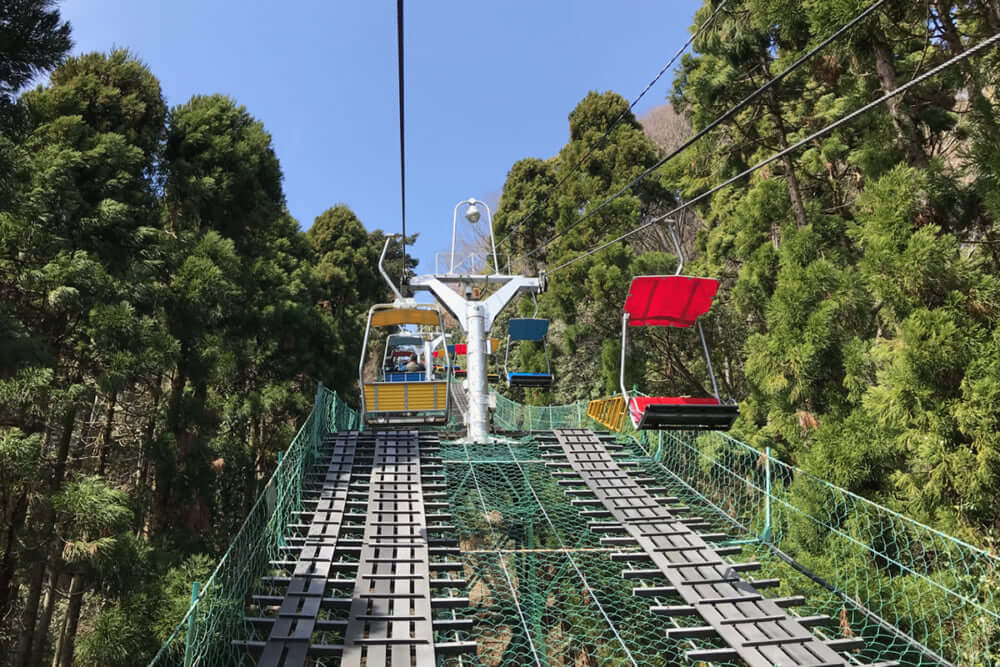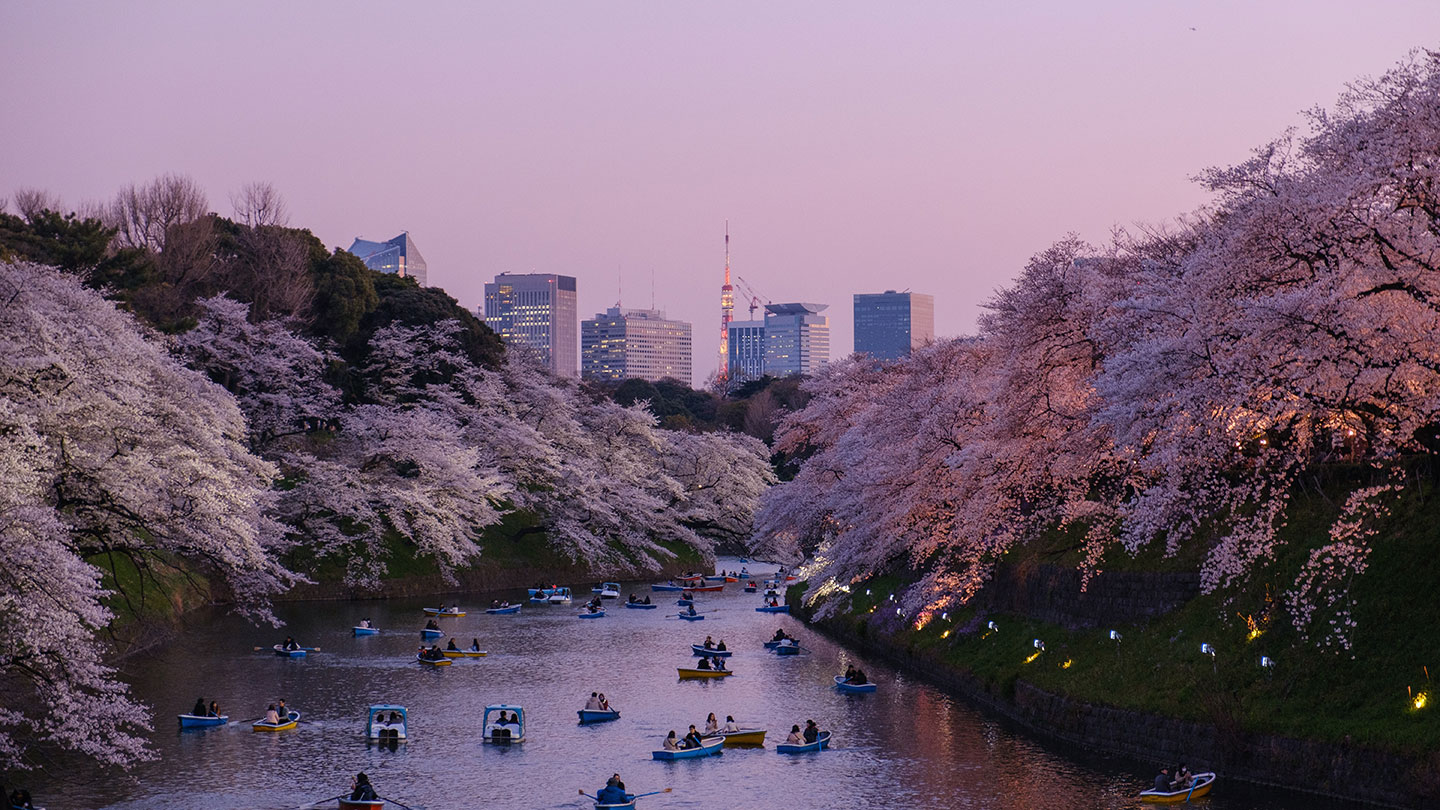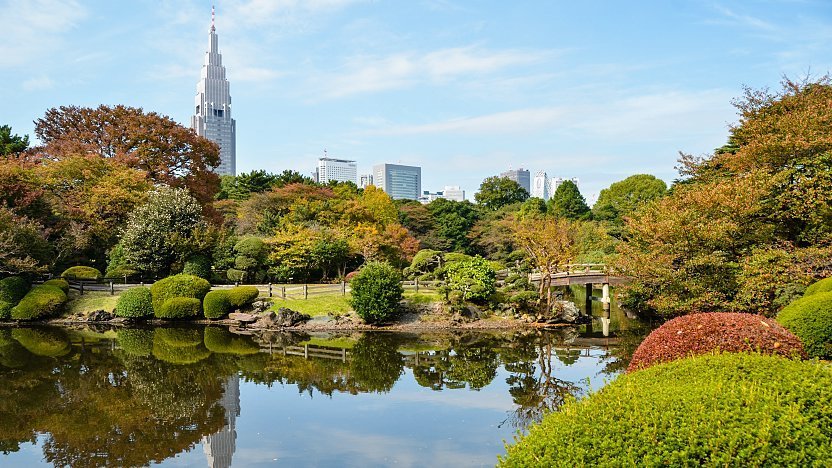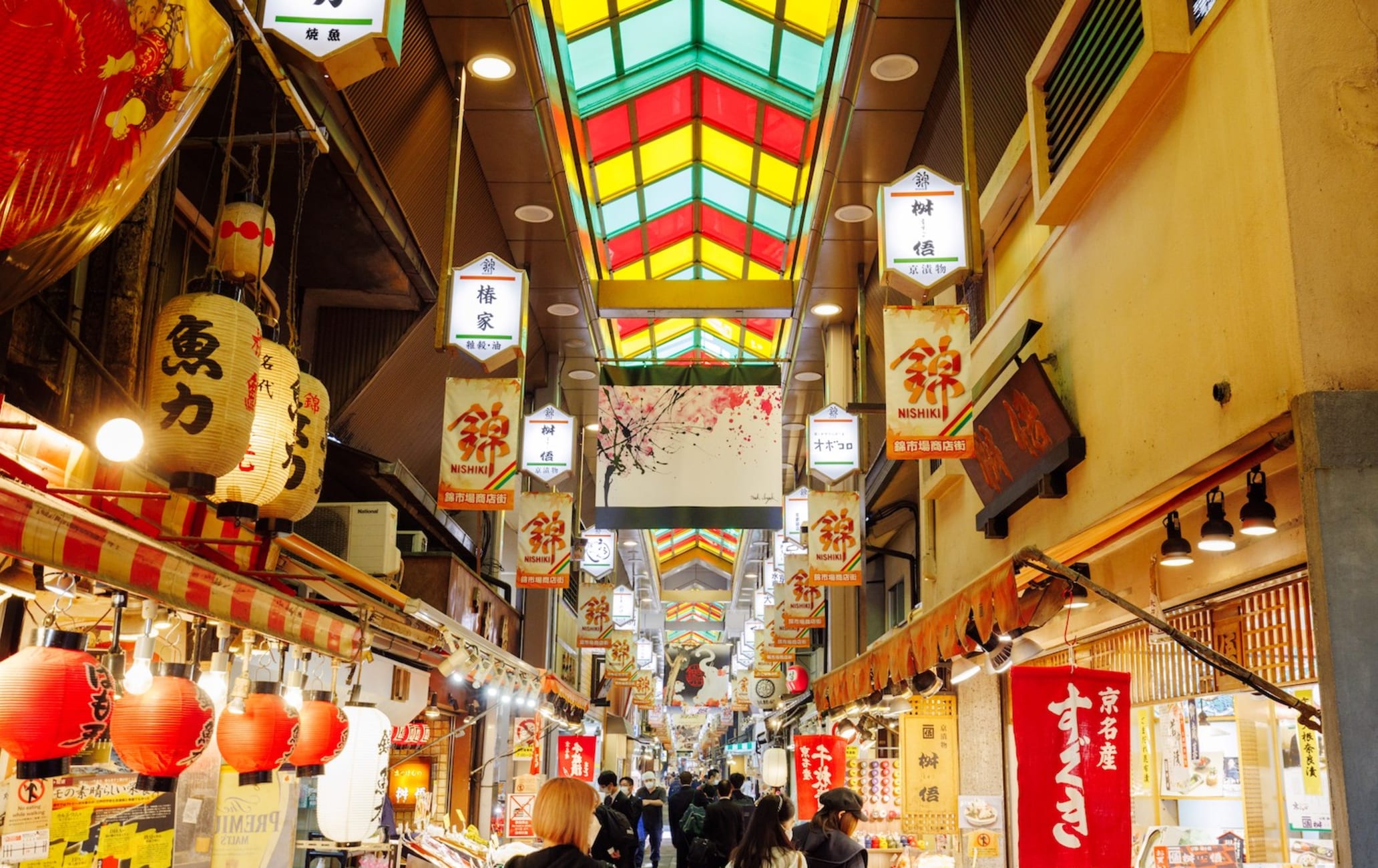Visit Sensō-ji Temple, Asakusa
Sensō-ji is an ancient Buddhist temple located in Asakusa, Tokyo, Japan. It is Tokyo's oldest temple, and one of its most significant. Formerly associated with the Tendai sect of Buddhism, it became independent after World War II.

Experience the Arashiyama bamboo forest
Bamboo Forest, Arashiyama Bamboo Grove or Sagano Bamboo Forest, is a natural forest of bamboo in Arashiyama, Kyoto, Japan. The forest consists mostly of mōsō bamboo (Phyllostachys edulis) and has several pathways for tourists and visitors. The Ministry of the Environment considers it a part of the soundscape of Japan.

Explore Hiroshima
Hiroshima is the capital of Hiroshima Prefecture in Japan.
Hiroshima Peace Memorial Park, Atomic Bomb Dome and Hiroshima Peace Memorial Museum is a memorial park in the center of Hiroshima, Japan.
It is dedicated to the legacy of Hiroshima as the first city in the world to suffer a nuclear attack at the end of World War II, and to the memories of the bomb's direct and indirect victims.

Climb Mount Takao in three ways
Hikers can climb to the top in about 90 minutes on any of several clearly marked trails.
A ski-lift style chair lift offering travel both directions up and down Mt. Takao, from Sanroku Station at the base to Sanjo Station at the top.
If the prospect of a chair lift is too adventurous for you, consider the Takaosan Cable Car.
Connecting Kiyotaki Station at the base and Takaosan Station at the top, this 5 minute cable-car ride operates every 15 minutes. It offers excellent views over the area, and is a convenient way to access the activities on Mt. Takao.




:max_bytes(150000):strip_icc()/GettyImages-Ridofranz-1053855542-60b89644efd2470fbfb6475b175064df.jpg)




